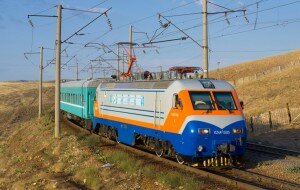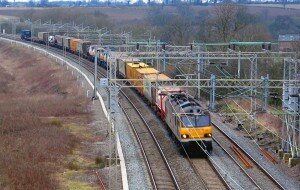
Latin American rail freight market expected to expand
Published: Tue, 2014-12-16 16:57Years of neglect of the rail infrastructure in Latin America (LATAM) dissuaded rail companies in the region from leveraging new technologies and restrained growth in freight transport capacity. With poor rail infrastructure and logistics systems causing traffic jams, distribution errors and communication gaps, LATAM governments have begun to implement infrastructure development programs to boost the rail freight transport market. For example, the Brazilian Government has launched the Programa de Aceleração do Crescimento project to revitalize the rail industry.
New analysis from Frost & Sullivan, Strategic Analysis of the Latin American Rail Freight Market, expects the market to receive over $47 billion in rail freight transportation investments by 2020. The study covers rolling stock and rail infrastructure.
Strong economic growth in LATAM supports increasing investments in infrastructure and equipment to develop rail freight communication and logistics systems. The gross domestic product of Argentina, Brazil, Colombia, Chile and Peru have grown at 5.2 percent over the last five years and is expected to rise at above 3 percent in the forthcoming years.
"With the average age of LATAM's locomotive fleet at more than 40 years old and a few models in active service for over 50 years, rail companies have little option but to purchase new locomotives or refurbish old models to improve fleet availability and assurance of motive power," said Frost & Sullivan Automotive & Transportation Research Analyst Shyam Raman. "These trends will help rail companies cope with the intensifying freight transport needs of the metal and mining and agriculture industries."
However, the fear of a rise in inflation rates is dampening rail companies' investment sentiments. As rail projects are often long term in nature, some companies believe that an adverse inflation scenario could significantly affect returns on investment.
"Nevertheless, with the availability of private funding, rising freight volumes and growing political stability, the LATAM rail freight market is still ripe for investments," noted Raman. "Regulatory changes that promote foreign investments through public-private partnerships are particularly supporting market expansion. Foreign participants have begun entering joint ventures to minimize the risk of investment and penetrate the previously-stagnant rail freight transport market. In fact, by 2020, China is expected to account for a significant portion of the foreign presence in the LATAM rail freight market."
Source: Frost & Sullivan



























































































